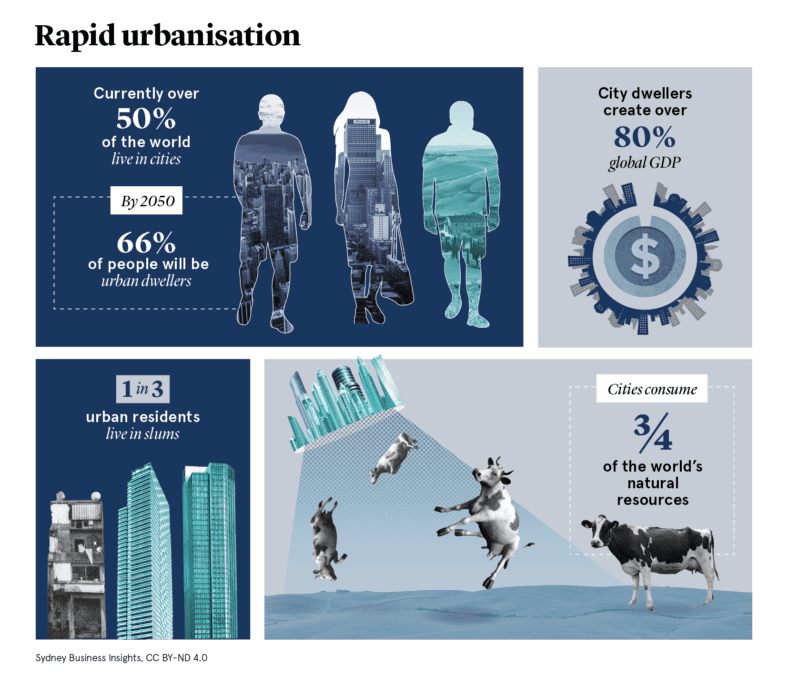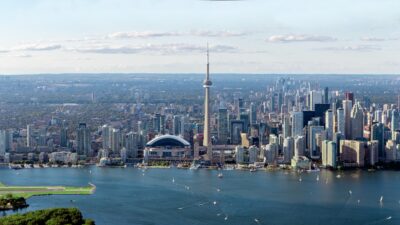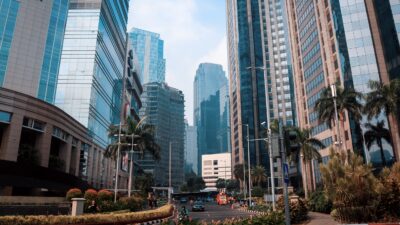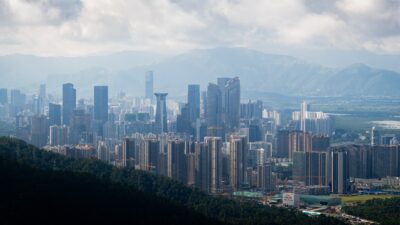日新月异的城市
未来属于城市。
目前,世界上一半以上的人口居住在城市,城市占全球GDP的80%以上。
而我们中的大多数人,正在见证这场日新月异的城市化进程。
到2050年,超三分之二的人将成为城市居民。
城市是创造力和创新的引擎,大多数城市居民的生活水平高于农村地区。
城市在土地利用和资源分配方面也可以更有效率。
然而,三分之一的城市居民却生活在贫民窟。
城市只占世界陆地面积的2%,但城市范围内的活动却消耗了世界四分之三以上的资源。
规划不畅的城市化是二氧化碳排放的重要来源。
世界各地的城市化速度各不相同:联合国表示,大部分城市增长将发生在发展中国家。
目前,世界上人口最多的十个城市中有八个在亚洲。
到下个世纪,预计13个最大的特大城市将在非洲,3个将在印度。美国、中国和欧洲都没有进入前20名,因为这些地区的大城市将因人口老龄化而萎缩。
非洲还将拥有世界上最大的城市群——到本世纪末,将有5亿人居住在从尼日利亚的拉各斯到科特迪瓦的阿比让的近1000公里的范围内。
在城市化为智慧、环保城市创造巨大机遇的同时,它也给基础设施、环境、就业和服务带来了挑战,尤其是在发展中国家。人口密度增加和人口老龄化意味着我们需要重新考虑医疗保健和公共服务,以更好地共享城市空间。
越来越拥挤的城市导致的排放增加带来了气候变化的挑战,但也提供了潜在的解决方案。这一大趋势是发展低碳和资源节约型未来城市的机会。
我们需要确保未来的城市为其居民提供体面的生活水平和更多的机会。
The World Bank (2023). Urban Development. Available at:
https://www.worldbank.org/en/topic/urbandevelopment/overview
Ritchie, H., Roser, M. (2019). Urbanization, Our World in Data. Available at:
https://ourworldindata.org/urbanization
UN Habitat (2018). Land Use Efficiency, United Nations Human Settlement Programme. Available at: https://unhabitat.org/sites/default/files/2021/08/indicator_11.3.1_training_module_land_use_efficiency.pdf
Venditti, B. (2022). ‘This chart shows the impact rising urbanization will have on the world’, Visual Capitalist. Available at:
https://www.weforum.org/agenda/2022/04/global-urbanization-material-consumption/
Desjardins, J. (2018). ‘World’s Largest Megacities by 2100’, Visual Capitalist. Available at:
https://www.visualcapitalist.com/worlds-20-largest-megacities-2100/
French, H.W. (2022). ‘Megalopolis: how costal west Africa will shape the coming century’, The Guardian 27/10/22. Available at: https://www.theguardian.com/world/2022/oct/27/megalopolis-how-coastal-west-africa-will-shape-the-coming-century
United Nations’ Department of Economic and Social Affairs (2018). ‘Around 2.5 billion more people will be living in cities by 2050’. Available at:
https://www.un.org/en/desa/around-25-billion-more-people-will-be-living-cities-2050-projects-new-un-report
World Population Review (2023). ‘Largest Metro Areas in the World’. Available at:
https://worldpopulationreview.com/world-city-rankings/largest-metro-areas-in-the-world

We believe in open and honest access to knowledge. We use a Creative Commons Attribution NoDerivatives licence for our articles and podcasts, so you can republish them for free, online or in print.
Archive

Global cities as future drivers of international business activities
Cities contribute more than 80% of global GDP, but how can they attract innovative and sustainable businesses?

The death of the smart city
The smart city has been the dazzling promise in urban planning for the last 20 years, but is the idea failing?

Welcome to Sydney 2036, how is the 3 part city working?
What does life look like for a 36 year-old Sydney resident in 2036?

Essential workers a long way from home
People working in lower paid but highly essential services cannot afford to live near our city centres.

The North-South divide in smart city development
Smart cities continue to spread, but how is the North-South divide impacting development in the Global South?

Cities are on the frontline of climate change – prepare or perish
More than 800 million people could be affected by coastal flooding, how are cities adapting?

A tale of two megacities
Cities with affluent residents – and corresponding high consumption lifestyles, account for the largest carbon footprints.

Cramming cities full of electric vehicles means we’re still depending on cars — and that’s a huge problem
Electric vehicles deserve government subsidies, but there are even better ways to build greener, less car-dependent cities.





